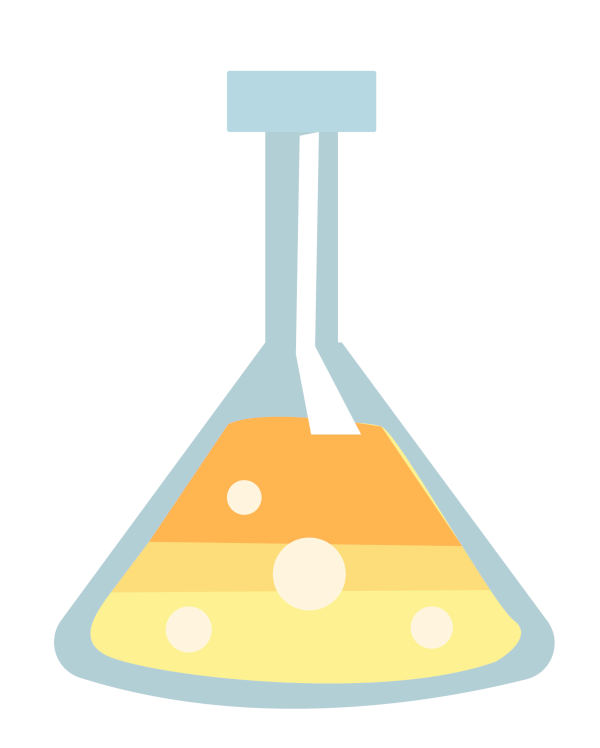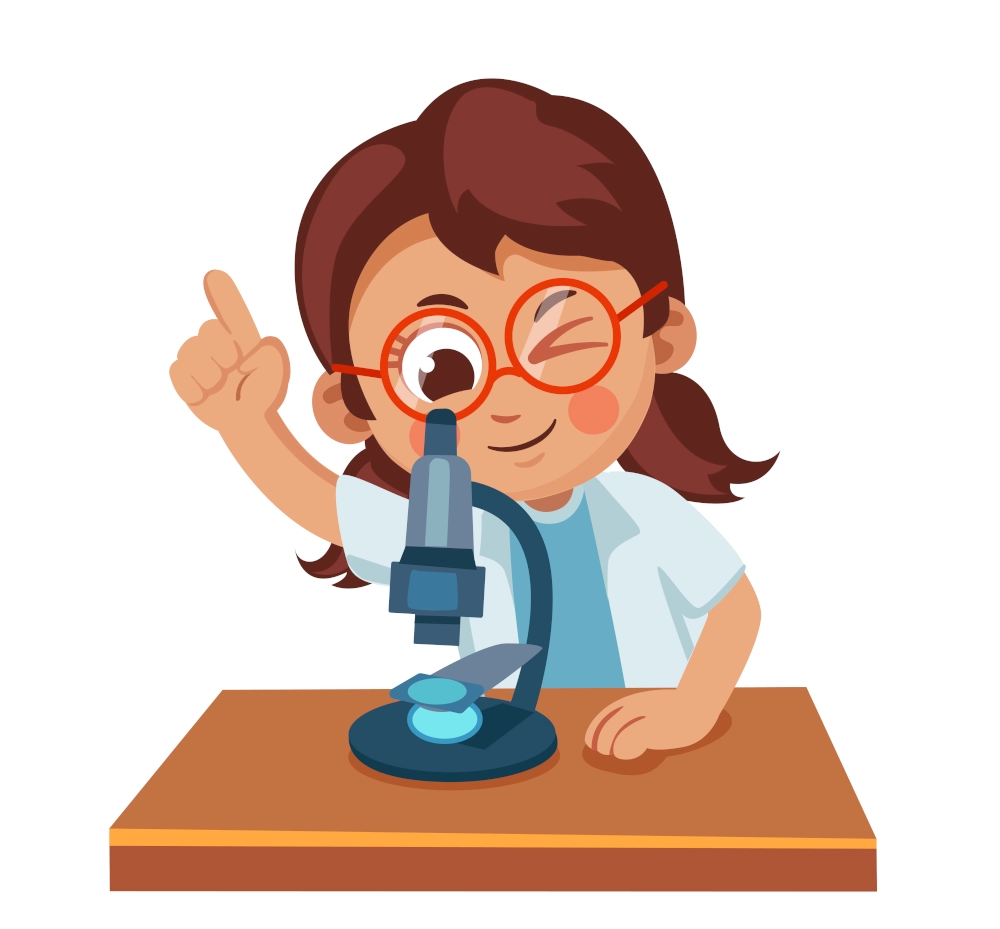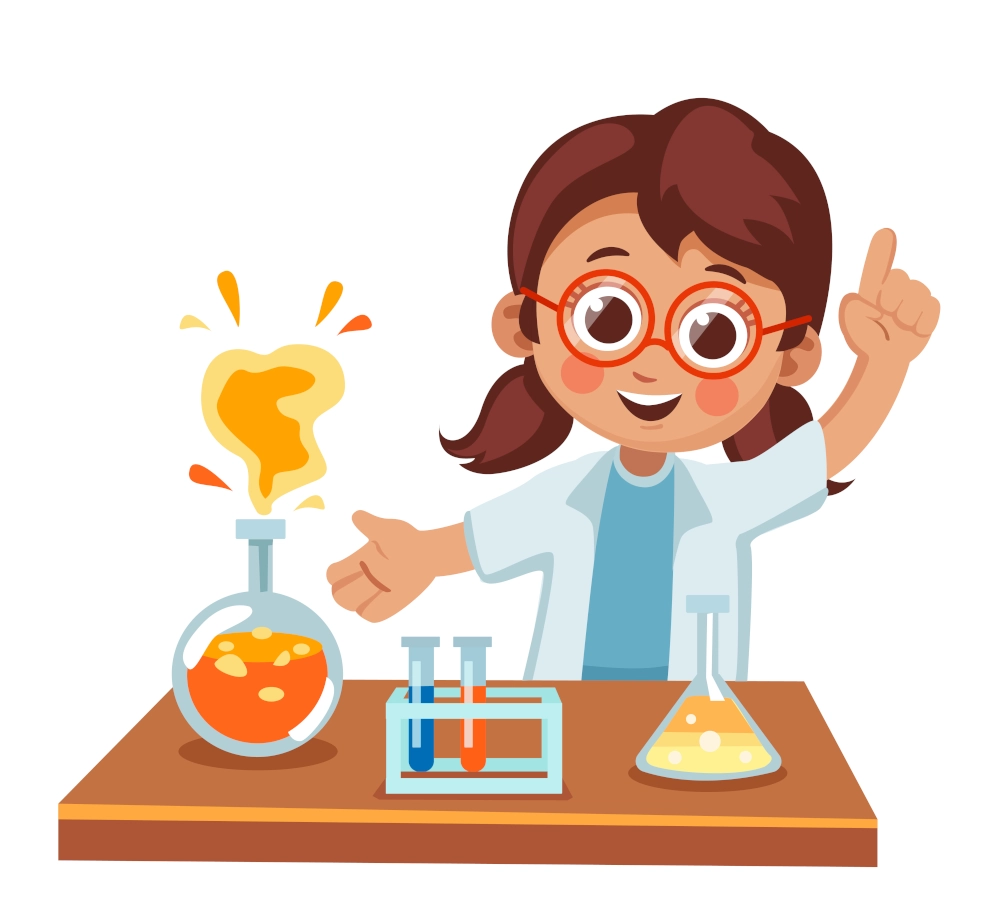
"Smart" tools for tomorrow's medicine.

A light-sensitive slime is a new weapon that will be at doctors’ disposal to understand and help treat serious illnesses such as heart disease.
In this race for life, chemists play a very important role in supporting doctors in their work. It’s not exactly a slime they are working on, but an intelligent gel that changes shape with the help of light. It is a valuable tool for studying small pieces of heart tissue.
By playing with different colours of light, the gel and the contained heart tissue will deform under the researcher’s microscope, mimicking certain disturbances similar to those of a sick heart. This clever trick is the aim of the GELLIGHT project.

Treating heart disease, the challenge of the 21st century.
In Western countries, many people suffer from heart disease, often due to being overweight, not doing enough exercise, or smoking. The consequence is that their arteries gradually become clogged, reducing the amount of blood reaching the heart. This is catastrophic! Our heart cannot pump enough blood to feed our body. Heart disease is one of the leading causes of death in the world.


An artery
It is a blood vessel that distributes blood from the heart to the organs.
Tissue
A tissue is made up of similar cells that work together to ensure the proper functioning of an organ. For the heart, we talk about heart tissue.

Patients, therefore, need surgery to unclog the arteries. But sometimes the arteries or heart tissue are so badly damaged that they have to be replaced with new ones. Some teams around the world are developing small pieces of heart made from special cells called “stem cells”. Those small pieces are called implants. They can be used to replace the diseased heart tissue.

A gel
It is a solid material that can be both soft and hard. On a microscopic scale, it is composed of long molecular chains linked together by “nodes”.
Treating people affected by heart disease is necessary, but doctors still need to have all the practical tools to study our heart and understand their malfunction.
Indeed, you know that when your heart beats, it contracts and relaxes relentlessly. The blood pressure increases and then decreases between beats. Everything in your body is constantly moving. So you understand that heart tissue is subjected to a lot of stress. A stretch here, a contraction there, it’s like gymnastics! But if it is sick, it can’t bear all these tensions, which change and increase over time.
Light-sensitive gel in the spotlight!


Molecular structure of the gel

To better understand heart disease, researchers at the Universities of Toulouse and Le Mans are recreating in the laboratory a system that mimics the tensions of the sick heart. This system is a gel. Like a sponge, it absorbs water and retains it without dissolving.
The pieces of heart tissue adhere very well to its surface. Fast and effective, this gel changes shape depending on the light. If the light is blue, the gel relaxes; if the light turns green, it contracts and hardens.
With it, the small piece of heart tissue moves as the gel does its gymnastics, directly under the researcher’s microscope. Practical!
This is the GELLIGHT project, supported by the National Research Agency.
Is it easy to synthesise a light-sensitive gel?

In fact, not really. Chemists in Toulouse use all their knowledge of chemistry to create a gel that contains molecules sensitive to light. These are called photosensitive molecules. These molecules have the property of changing shape according to the colour of the light that irradiates them. By changing shape, the gel softens, or on the contrary, it contracts. This is convenient in order to move human cells trapped inside.

However, constructing this light-sensitive gel is not quite so simple. In addition to the many chemical reactions that need to be controlled, it must be ensured that this gel is harmless to human cells. The researchers’ work, therefore, focuses on the use of molecules sensitive to visible light, the light that makes up rainbows. These conditions are thus ideal for conducting experiments under the microscope in complete safety for the cells.

Photosensitive molecules
Molecules that change shape or decompose when illuminated by certain types of light
Visible light
This is the part of the light spectrum that can be detected by human eyes.
A hydrogel that does gymnastics, what else can it be used for?
In medicine, such smart gels can deliver drugs where you want them and when you want them in your body, or serve as an artificial super-muscle. They can also be used to form microscopic taps to circulate fluids in electronic devices.

You’re not going to repair yourself like Wolverine, nor equip your body with sophisticated gadgets like Iron Man. But you can rely on researchers to find solutions that are just as fantastic as they are viable for treating serious illnesses.












